Silt Fence
LS Trading is an Erosion control silt fence manufacturer in India. The company offer silt fences to help prevent soil erosion and water pollution. Our silt fence is made with high-quality polyethylene fabric and galvanized steel wires. The silt fence is easy to install, durable and can be customized to fit any size and shape of your site.
Our silt fences are used in construction sites, residential areas, and other areas that require soil erosion and water pollution control. Singhal Industries Private Limited also offer installation services along with the silt fences. We ensure that our silt fences are properly installed to ensure maximum efficiency.
The purpose of an Silt Fence is to hold the dirt on upset/disturbed lands, for example, a building/construction site, until the task is finished. Keeping the soil on-site, rather than letting it be washed off into natural water bodies (e.g., streams, rivers, ponds, lakes, estuaries), prevents the degradation of aquatic habitats and siltation of harbor channels. Not letting soil wash off onto roads and readily transporting it into storm drains prevents hazardous driving conditions and storm drains from getting clogged with sediment. It also controls silt which gets run-off from job sites, while allowing water to pass through the fabric while collecting leftover sediment.
The Environmental Protection Agency (EPA) has recognized the Silt fence installation as a storm-water best management practice (BMP). Silt Fence is profoundly practical as though you analyze the expense of introducing Silt Fence at watershed building destinations to the expenses related to losing amphibian species, digging route channels, and clearing dregs out of city storm sewers, which is excessively less. The cost of installing Silt fences on watershed construction sites is also too low compared to the cost of losing aquatic species, dredging navigation channels, and cleaning sediment out of municipal storm sewers. 50 tons of sediment can be held by installing a single 100 feet Silt fence.
Erosion control silt fences are a type of sediment control device used to help filter and trap sediment-laden water runoff before it enters natural water sources. The silt fence is typically made of a fabric material installed in a trench that runs across the area where erosion occurs.
The fabric material is then filled with earth or rocks to help act as an additional filter that traps sediment before entering the water source. These silt fences can be installed in areas such as construction sites, along highways, or in agricultural areas where erosion is a potential issue.
Features:
- Makes a physical boundary around the site
- UV stable dark fence texture
- Logo printing accessible
- Keep mud off roads and neighboring property
- Straightforward plan and straightforward establishment
- Ensure streams
- Holds silt on the place of work
- Channels overflow before leaving the site
- Assists with forestalling disintegration
- Accessible with or without stakes
- Preassembled fence with presents joined on texture
- Marker line on texture shows anchor profundity
Advantages:
- Forestall exorbitant place of work materials from depleting off
- Keep streets and streams liberated from contamination
- Light to medium quality woven textures
- Steel backing is likewise accessible for improved execution
- Endorsed for DOT use in numerous states
- Shield residue from leaving building locales
- Used along the borders of any task with upset land
- Used around naturally touchy territories
- Used underneath the toe or down incline of uncovered and erodible slants and other little cleared regions
- Used along streams and channels
- Used around impermanent ruin regions and reserves
- Material: 100% virgin PP
- Colour: Black, black/green, orange, blue
- Width: 10-800cm
- Length: As customer's requirements
- Mesh: 7*7-14*14
- Denier: 650D-2000D
- GSM: 60-230gsm
- Treatment: (1) UV treated, (2) Ultrasonic cutting or with selvage
- Surface Dealing: (1) Printing, (2) Anti-slip, Anti-static, or as per customer's requirements
Related products
Roofing Underlayment
- Asphalt-saturated felt is described as felt paper and is made from organic; hence it is called an organic underlayment. It is generally applied throughout the roof deck and is recommended considering local weather conditions. It is used in residential and steep slope applications as it is water resistant and not waterproof.
- Rubberized Asphalt is a bit costly compared to the other two underlayments, as it has a good amount of asphalt and rubber polymers to build it waterproof and is more suitable in regions where it is severe winter. Such underlayment is used at Eaves, Valleys, and surfaces with low slope roofs.
- Finally, the most demandable roofing underlayment is roofing underlayment suppliers, also called non-bitumen synthetic underlayment. Synthetic roofing underlayment gives the roof an additional surface of safety that is not possible solely with shingles. It is lightweight and thin compared to asphalt felts. Moreover, the installation process is also very easy. It is a tough, durable, and high strength, designed in such a way that it prevents skidding and improves walkability during installation due to its unique textured fabric. It is resistant to moisture, UV damage, tears, leaks, and fungal growth and is wrinkle-free even when exposed to the elements. It is available in longer and wider rolls; hence it gets fewer trips up the ladder due to fewer rolls.
Our professional and highly experienced quality testing team always ensures that the Roofing Underlayment Exporters, keeping in mind strict measures of quality standards. To maintain the highest quality of the Roof Underlayment and provide the best service to our customers.
Features:- Stop water infiltration
- Extended UV Exposure
- Capture less heat
- Good resistance to water and vapor
- Tear and puncture resistance
- Slip resistance walking surface
- ISO authorized
- Tough and Durable Material
- Extreme weather protection
- Prevent from skidding during installation
- High temperature tolerance
- Water and fire resistant
- Wrinkle-free when exposed to the elements
- Simple and Quick Installation
- It won’t absorb water
- Increase job site productivity due to lighter rolls
- Does not require extra equipment
- Better leak protection
- More flexible in the cold
- Clean and easier to handle
- Enhance walkability and the life of roof due to unique textured fabric
- More coverage per roll
Rockshield Mesh
- Apertures allow water flow
- Wear Resistance
- Corrosion Resistance
- Impact Resistance
- Tear Strength
- Elongation
- Tensile Strength
- Chemically inert
- Restrict geologic movements from damaging pipeline
- Minimizes impact and penetration damage
- Absorbs impact of uneven rock backfill
- Flexible event at sub-zero temperature
- Protects pipe coating from rock backfill
- Reduces abrasion of coating from pipe movement underground
- Protects pipeline during excavations
- Not influence by utmost temperature or wet weather
- Cushions against concrete weights
- Cuts with a utility knife
- Ample weight, thickness and strength protects pipeline
- No mechanical damage during backfilling operations
- Resistance to destructive forces
- Cost-effective alternative to sand collar
- Lightweight, flexible and easy to handle
- Minimizes pipeline coating damage which can cause corrosion
- Easy to install
- Provides pipeline & coating protection at affordable rate
- Maintains effectiveness of cathodic protection
- It will not Rot
- Protects pipe during loading, unloading & transportation
PP Woven Fabric
- High Tensile Strength and Durability: PP woven fabric boasts exceptional tensile strength, making it remarkably durable. This inherent strength ensures that the fabric can withstand considerable stress and pressure without tearing or breaking, enhancing its longevity.
- Heat Resistance: PP woven fabric exhibits a notable resistance to heat, which makes it suitable for applications where exposure to high temperatures is a concern. This characteristic helps maintain the fabric's structural integrity even under challenging conditions.
- Low Elongation: The fabric's low elongation property signifies that it retains its shape and dimensions even when subjected to stretching forces. This feature is essential for maintaining the integrity of the items or materials it encases.
- Improved Stiffness and Rigidity: PP woven fabric offers improved stiffness and rigidity, imparting stability to the items it envelops. This characteristic is especially advantageous for packaging and protecting items that require shape preservation.
- Gravure Printing in Multiple Colors: With the capability to be gravure printed in up to six colors, PP woven fabric allows for vibrant and intricate designs. This quality enhances its aesthetic appeal and branding potential.
- UV Stabilization: The fabric is UV stabilized, which means it can withstand prolonged exposure to sunlight without deteriorating or losing its structural integrity. This makes it suitable for outdoor applications.
- Strong Wear Resistance: PP woven fabric exhibits strong wear resistance, ensuring that it can withstand abrasion and friction without succumbing to damage. This makes it an ideal choice for rugged applications.
- Moisture and Tear-Proof Nature: The fabric's moisture-resistant and tear-proof properties make it reliable for safeguarding items from moisture damage and physical harm, ensuring their protection during transportation and storage.
- Coated and Uncoated Options: PP woven fabric is available in both coated and uncoated variations, providing versatility to cater to specific requirements. Coating options can offer additional attributes such as water resistance or enhanced strength.
- Economical and Eco-Friendly: PP woven fabric is cost-effective to produce and purchase, making it an economical choice for various applications. Furthermore, its recyclable nature aligns with eco-friendly initiatives.
- Long Lasting: The fabric's durability and resistance to wear and tear contribute to its extended lifespan, ensuring that items packaged within it remain protected for extended periods.
- Flexible and Lightweight: Despite its robustness, PP woven fabric retains flexibility and lightweight properties. This combination of features simplifies handling, transportation, and wrapping tasks.
- Recyclable: PP woven fabric is recyclable, promoting sustainability and minimizing environmental impact by reducing waste generation.
- Easy to Carry: The fabric's lightweight nature, along with its flexible characteristics, makes it easy to carry, whether during packaging, transportation, or other applications.
- Versatile Applications: PP woven fabric is utilized for various purposes, including covering items, packaging goods, and wrapping materials, showcasing its adaptability.
Plastic Tree Guard
- UV protection.
- Protection from animals and bugs.
- Protection from wind damage.
- Protection from trampling/physical damage.
- Weed control.
- Made from recycled plastic
- Creates an ideal microclimate for young plant growth
- UV stabilized
- Scientifically proven to produce the best plant growth results
- Economical and cost-effective for large plantings
- Protects against spray drift and small animals
- Reusable for multiple planting seasons
- Common Sources of Tree Trunk Injury
- Rabbits and mice (like mice)
- Sun in the winter (sunscald, trunk splitting, etc.)
Spout Pouch
| Products Details | Classification |
|---|---|
| Bag Style | Stand Up, Flat Bottom, Side Gusset, Shaped Bag |
| Base Material | PET ( Polyester), LDPE, Aluminium |
| Pouch Size | Customized sizes available |
| Pouch Pattern | Plain & Printed |
| Color | Transparent, Single & Multi-Color |
| Thickness | 51 microns onwards |
| Sealing & Handle | Spout Top |
HDPE Duct Spacer
- Material: HDPE Duct Spacer is made from high-density polyethylene (HDPE), which is known for its excellent strength, durability, and resistance to environmental factors like UV rays, chemicals, and moisture.
- Design: The spacer is designed to maintain a constant separation between multiple conduits or ducts, which reduces the risk of damage from external factors like soil movement, seismic activity, and traffic loads. It also prevents friction between the conduits, reducing the risk of damage caused by rubbing.
- Easy Installation: The spacer is designed for easy installation, with most models featuring snap-on or clip-on designs that allow them to be easily installed and removed without the need for specialized tools.
- Longevity: Duct Bank Spacer has a long service life and requires minimal maintenance, making it a cost-effective solution for conduit installations.
- Durability: It is made from a high-density polyethylene material, which is known for its strength and durability. This material is resistant to impact, abrasion, and weathering, making it ideal for use in harsh environments.
- Corrosion Resistance: HDPE Duct Spacer is highly resistant to corrosion, which makes it an ideal material for use in underground and overhead installations.
- Easy Installation: It is designed for easy installation, with most models featuring snap-on or clip-on designs that allow them to be easily installed and removed without the need for specialized tools.
- Versatility: HDPE Duct Spacer is available in a variety of shapes, sizes, and configurations to suit different conduit arrangements. Some designs allow for easy adjustment of spacing between the conduits, while others provide a more permanent solution.
- Cost-effective: It is a cost-effective solution for maintaining separation between multiple conduits and ducts, protecting them from damage, and ensuring the longevity and reliability of conduit systems.
- Environmentally friendly: HDPE Duct Spacer is an environmentally friendly material, as it is made from a non-toxic and recyclable material.
HDPE Duct Coupler
Using a PE (polyethylene) duct coupler supplier is a relatively simple process that can be done with a few basic tools. Here are the steps to follow:
- First, ensure that the ends of the ducting or pipe that you want to connect with the coupler are clean and free of debris or rough edges.
- Slide the PE duct coupler over one end of the ducting or pipe until it reaches the center of the coupler. Make sure that the coupler is aligned properly with the end of the ducting or pipe.
- Repeat step 2 with the other end of the ducting or pipe, sliding it into the other side of the duct coupler price until it reaches the center.
- Use a wrench or pliers to tighten the coupler's grip on both ends of the ducting or pipe. This will ensure a tight and secure connection.
- If necessary, use a sealant or adhesive to create an airtight or watertight seal between the ducting or pipe and the coupler.
- Finally, test the connection to ensure that it is secure and leak-free.
- High Strength: HDPE duct couplers are made from high-density polyethylene, which is a strong and durable material. This means that they are able to withstand heavy loads and pressures, making them ideal for use in underground applications.
- Chemical Resistance: HDPE is highly resistant to a wide range of chemicals, including acids, alkalis, and solvents. This makes it ideal for use in industries where exposure to harsh chemicals is common.
- UV Resistance: HDPE duct couplers are also highly resistant to UV radiation, which can cause other materials to degrade and break down over time. This makes HDPE an ideal choice for outdoor applications where exposure to sunlight is a concern.
- Corrosion Resistance: Unlike metal couplers, HDPE duct couplers are highly resistant to corrosion. This makes them ideal for use in underground applications where moisture and soil can cause metal components to rust and deteriorate over time.
- Flexibility: HDPE is a flexible material, which means that it can bend and flex without breaking. This makes HDPE duct couplers ideal for use in applications where flexibility is a concern, such as in telecommunications and electrical conduits.
- Easy Installation: HDPE duct couplers are easy to install and require no special tools or equipment. They can be installed quickly and easily by one person, which can save time and money on installation costs.
- Leak-Free: HDPE duct couplers are designed to create a tight, leak-free seal between two or more sections of ductwork. This helps to prevent leaks and other issues that can cause damage to underground utilities and infrastructure.
- Wide Range of Sizes: HDPE duct couplers are available in a wide range of sizes, from small diameters of 20mm up to large diameters of 630mm or more. This makes them suitable for use in a variety of applications, from residential and commercial plumbing to large-scale industrial piping systems.
- Durability: HDPE duct couplers are made from high-density polyethylene, which is a durable and long-lasting material. This means that they are able to withstand heavy loads and pressures, making them ideal for use in underground applications.
- High Strength: HDPE duct couplers are made from high-density polyethylene, which is a strong and durable material. This means that they are able to withstand heavy loads and pressures, making them ideal for use in underground applications.
- Easy Installation: HDPE duct couplers are easy to install and require no special tools or equipment. They can be installed quickly and easily by one person, which can save time and money on installation costs.
- Low Maintenance: HDPE duct couplers require very little maintenance and are designed to last for many years without the need for replacement or repairs. This can help to reduce maintenance costs and downtime for businesses and organizations.



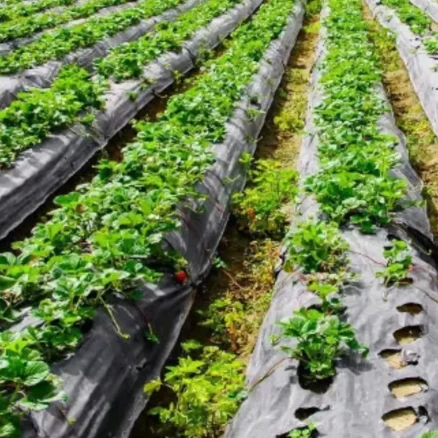
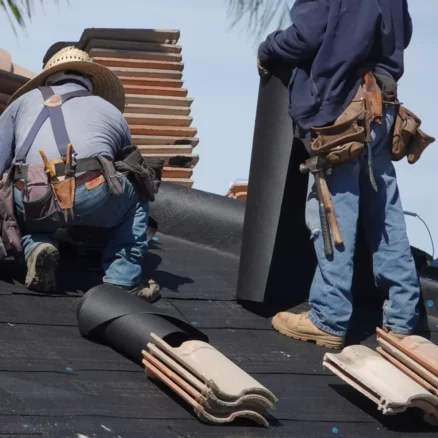
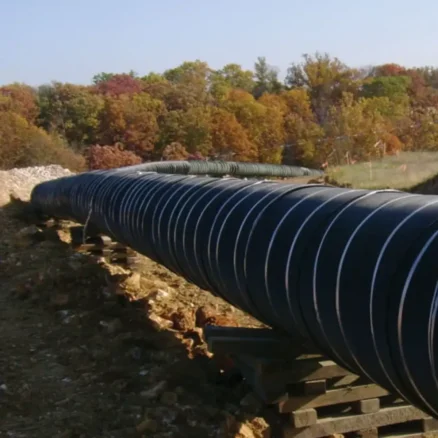
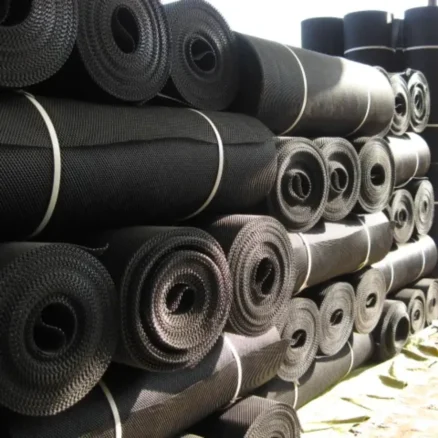
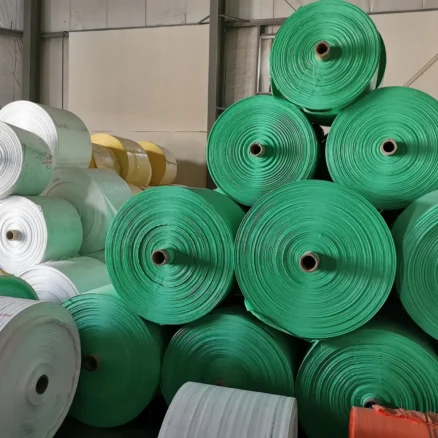

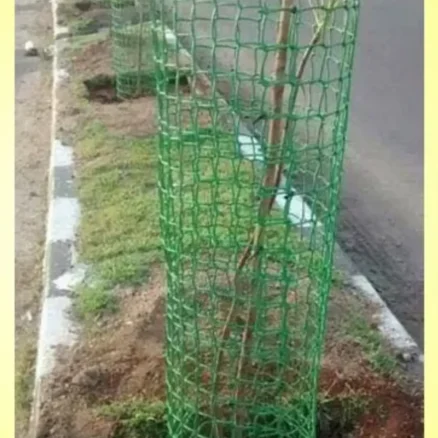
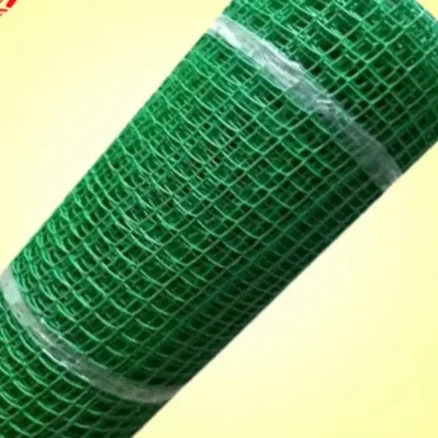
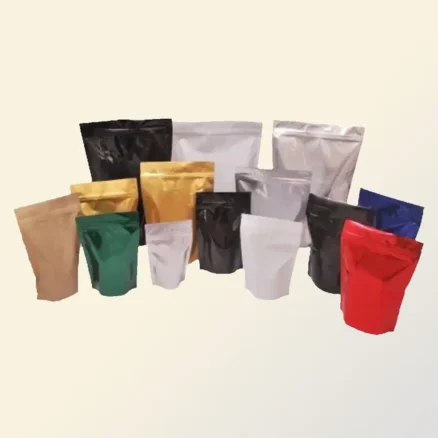
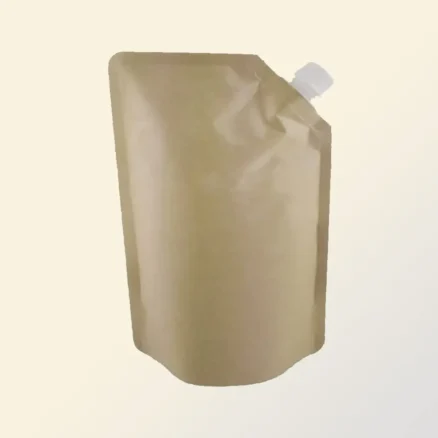
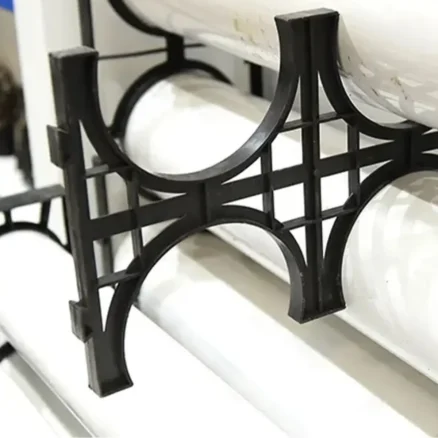
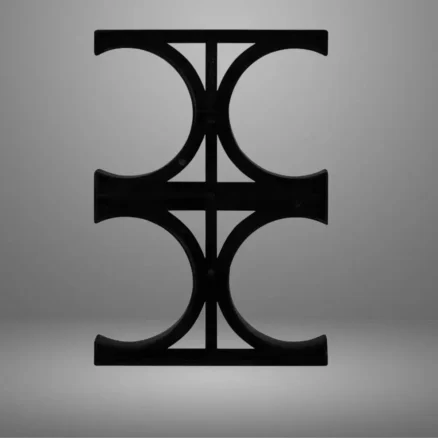
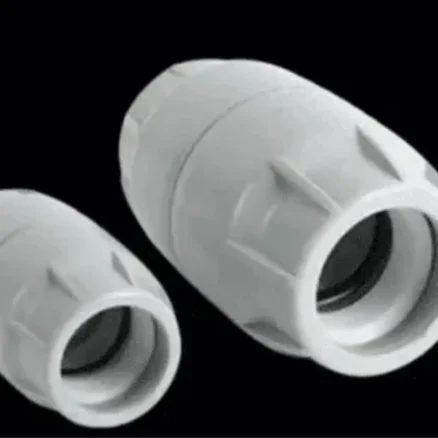
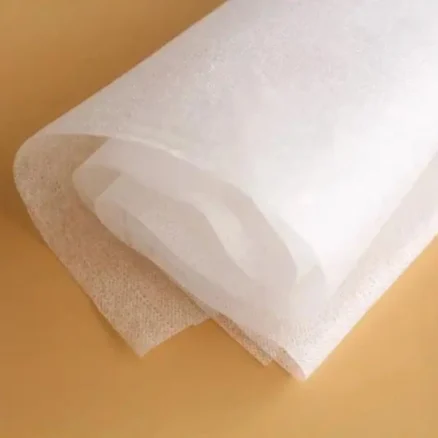
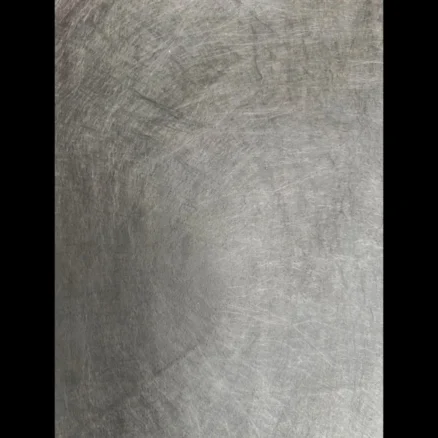
Reviews
There are no reviews yet.